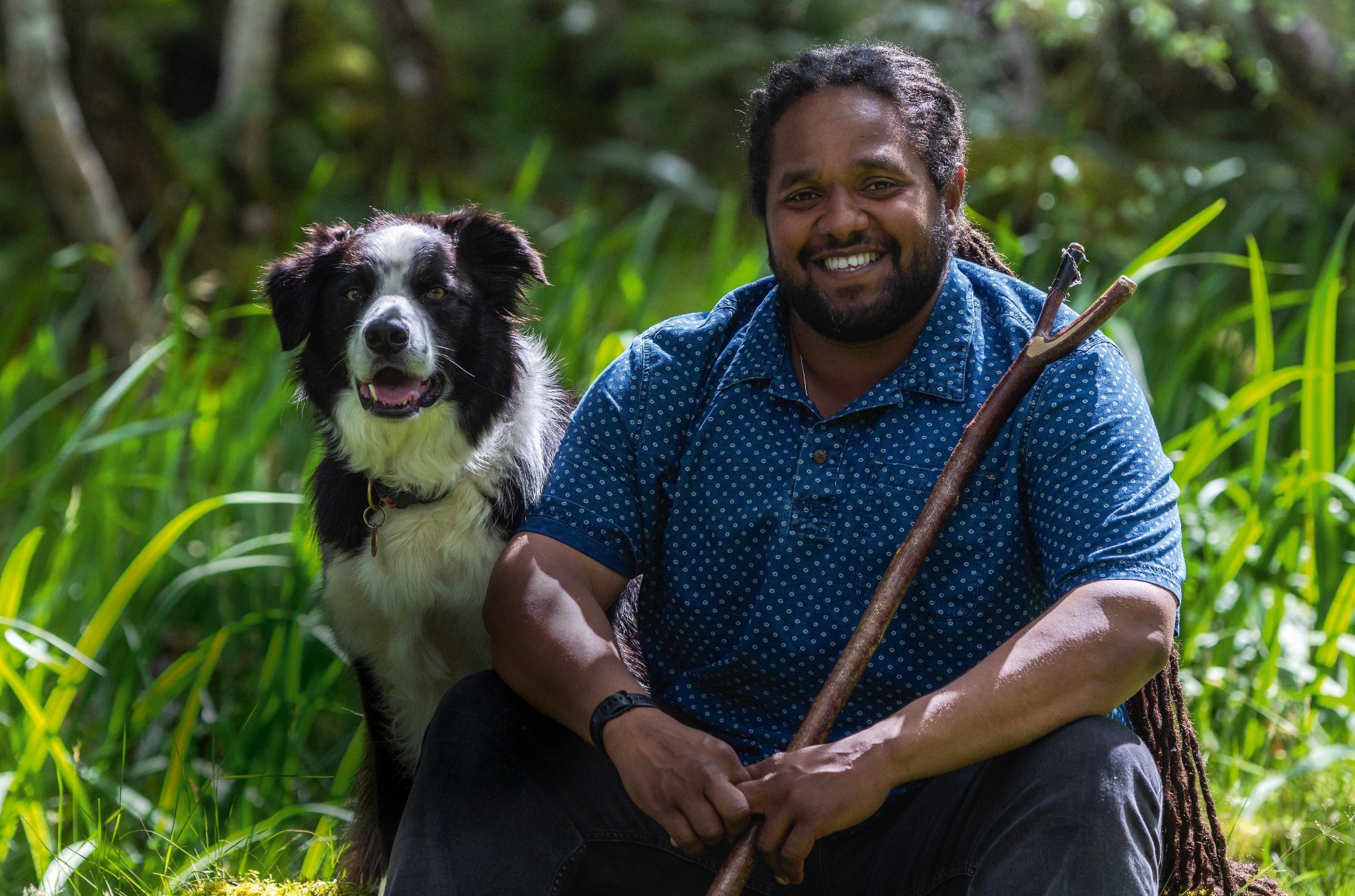
Hamza and the Hope Spot
Hope Spots are springing up around the world – but what are they? Countryfile presenter and wildlife cameraman Hamza Yassin lives in the heart of one in Argyll, literally on the ‘spot’. Here’s what he found
Along the west coast of Scotland, a section of the coastline and oceans is being highlighted as a place of wonder – and held up as a beacon of hope. Earlier this year, a Countryfile episode covered the Argyll coastline in the west of Scotland and its designation as the first Hope Spot in mainland UK.
Selected by Mission Blue, the non-profit organisation founded by the renowned marine biologist and oceanographer Sylvia Earle, Hope Spots are ocean and coastal locations that have been identified as particularly special places.
Hope Spots are championed by local communities and conservation charities, and form a network of marine protected areas across the world. To date, there are 154 Hope Spots, which cover an area of more than 57 million square kilometres of ocean. Other well-known Hope Spots include the Galápagos Islands and Australia’s Great Barrier Reef.
And who better to present this celebration of Argyll than local resident and new Countryfile presenter Hamza Yassin? Having moved to Ardnamurchan a few years ago, Yassin has fallen for the area and its wildlife, and loves sharing them with the nation on Sunday nights.
When Countryfile covered the Hope Spot, it honed in on a couple of key species – including the enormous and relatively unknown flapper skate. Once referred to as the common skate, taxonomy work revealed that there were actually two distinct species – one which was then named the flapper skate, and the other named the blue skate.
“I wanted to cover the species that people are not going to likely see. And most people have never heard of a flapper skate,” he explains enthusiastically.
“These rays are huge – massive! Three metres in length, that’s bigger than me! We don’t know how many there are. And most people wouldn’t know about them because they’re under the water in our seas – it’s out of sight, out of mind for most people.”
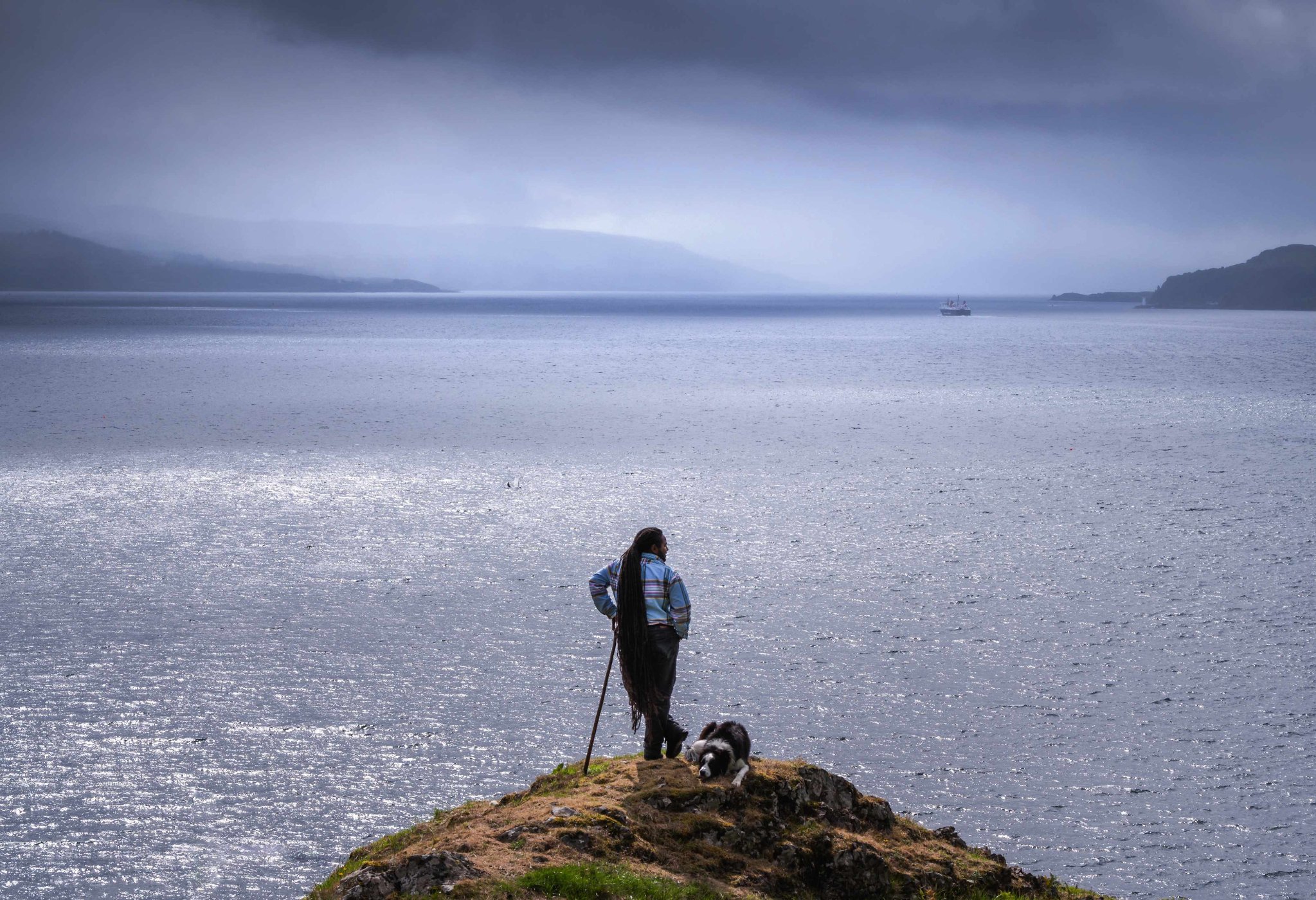
HEART OF THE COMMUNITY
Part of the importance, and strength, of the Argyll Coast and Islands Hope Spot are the community-led projects to protect and improve the marine habitats, as well as bringing social and economic benefits. For Countryfile, Hamza interviewed marine biologist and diver Chris Rickard who volunteers on a citizen science project to undertake a monthly survey for flapper skate eggcases, also known as mermaid’s purses. With his usual charm and passion, Hamza is thrilled to see the fresh newly laid eggcase that Chris, and his fellow diver Marnik Van Cauter from the local rewilding project at Kilchoan Estate, bring up from the seabed.
Could a Hope Spot be designated elsewhere in the UK? Our island nation is surrounded by famous wild marine places that are held dear by many. But Hamza points to what it is about the Argyll Hope Spot that is so exceptional.
“The range of species that live here is phenomenal – it’s beautiful, and it’s remote”
“The range of different species that lives here is phenomenal, it’s beautiful, and it’s remote. One of the things that makes Argyll so special is because there’s nobody here. If you think about the density of where people live in Scotland, so many people are in either Glasgow, Inverness or Edinburgh. I would have also said west coast of Wales, it’s just that so many people live there and visit there. And I think in Scotland’s west coast, most people have Mother Nature in mind because they work off the land. Whether you’re a fisherman, or a crofter, or working in forestry or on the ferries.”
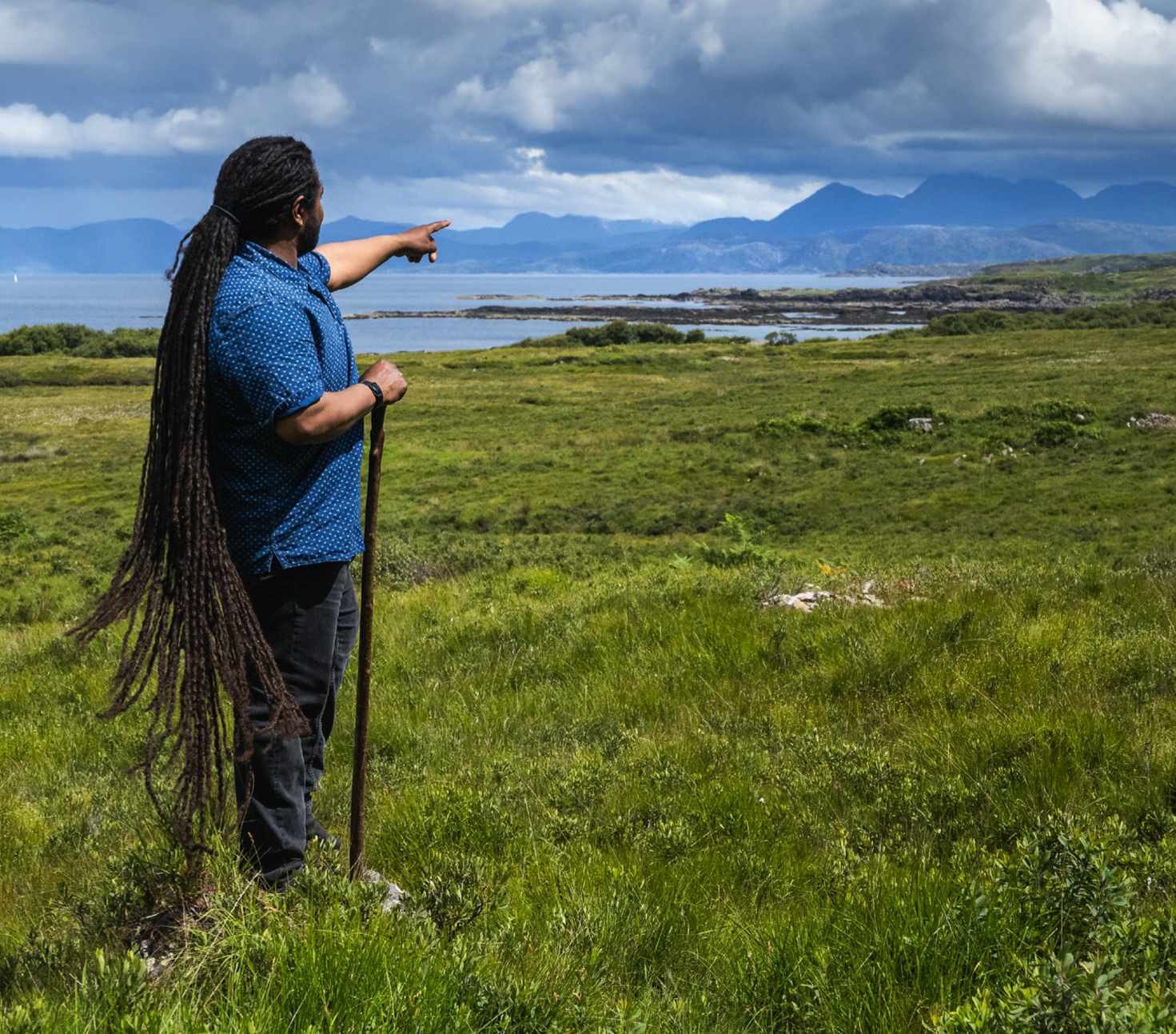

INTO THE WILD
To Countryfile and Strictly Come Dancing viewers, Hamza Yassin is a familiar face. Born in Sudan, he moved to the UK with his parents in the 1990s, when they came to work as doctors here. The family settled in Northamptonshire, but after finishing university, he ended up living in Ardnamurchan – a remote peninsula on the western coast of Scotland.
His life-changing move to Ardnamurchan, more than 400 miles from his parents in Northamptonshire, is due to a university friend who had invited him to join a family holiday.
“I said ‘yeah, maybe next time’ and I always made excuses,” Yassin says. “I went round to their house and they had a picture of a red stag hanging up on the wall. I asked them where they took it, and they said, ‘Oh, Ardnamurchan, where we’ve been telling you about. And we took it with a mobile phone, and it was right by the side of the car’.”
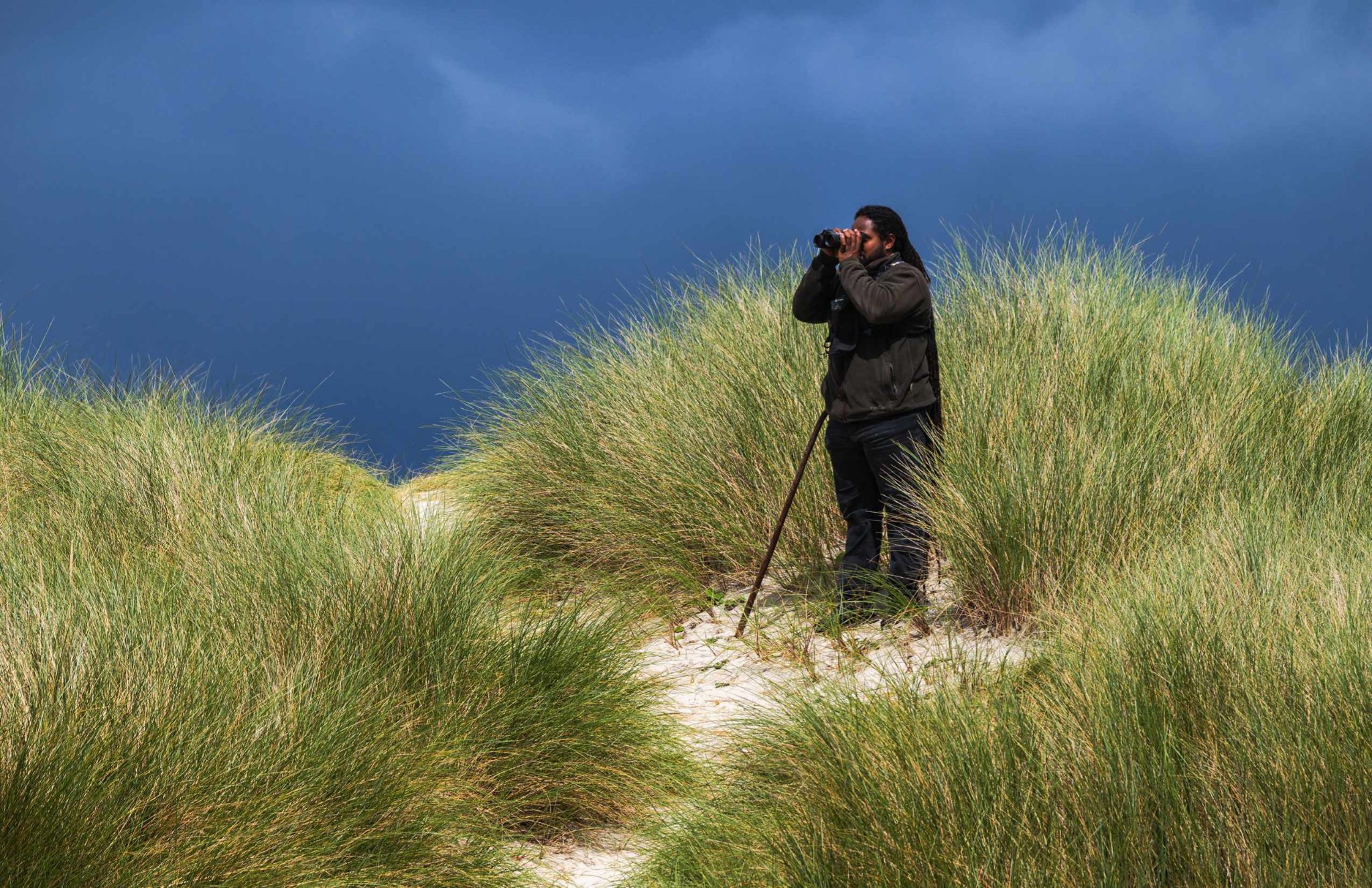
Two weeks later, he joined them there, fell in love with the peninsula and has never looked back. However, pursuing his dream and moving to Ardnamurchan took a step of boldness and determination that is beyond most people. Having not long finished his Masters degree in Biological Photography and Imaging at Nottingham Trent University, he packed his bags and drove up to the peninsula, where he then lived out of his car for nine months, eating at the local pub where he used the internet to speak to his parents.
“I lied through the skin of my teeth, telling them that I was living in a beautiful cottage but it had no internet or signal,” he confesses.
What did the local community make of this keen young whippersnapper, camping out on the pier in his car and disappearing into the hills to track down and film wildlife? Remote communities are not always the most welcoming to newcomers. But it turns out there was nothing to be worried about: “The people have been so accommodating and helpful, there’s nothing that I can do to repay them. Living out on the west coast is such a community-led place, which reminded me of when I lived in Africa.”
“Living out on the west coast is such a community-led place, which reminded me of Africa”
Hamza humbly reveals that in summer he chops roughly 25 tonne of firewood with a chainsaw and axe for his neighbours, keen to ensure they will be warm in the coming winter. Hamza has not been presenting as long as some of the other Countryfile team members, but his knowledge, joy and skills have endeared him to the programme’s producers and viewers alike – and that’s without mentioning his winning appearance on Strictly Come Dancing last year. He has stepped up to becoming a judge for the Countryfile Calendar competition, and his latest book, Be a Birder, is published this month. He’s a firm fixture in the world of natural-history television, and long may that be.
WILDLIFE OF THE HOPE SPOT
Six key species in the Argyll Coast and Islands Hope Spot
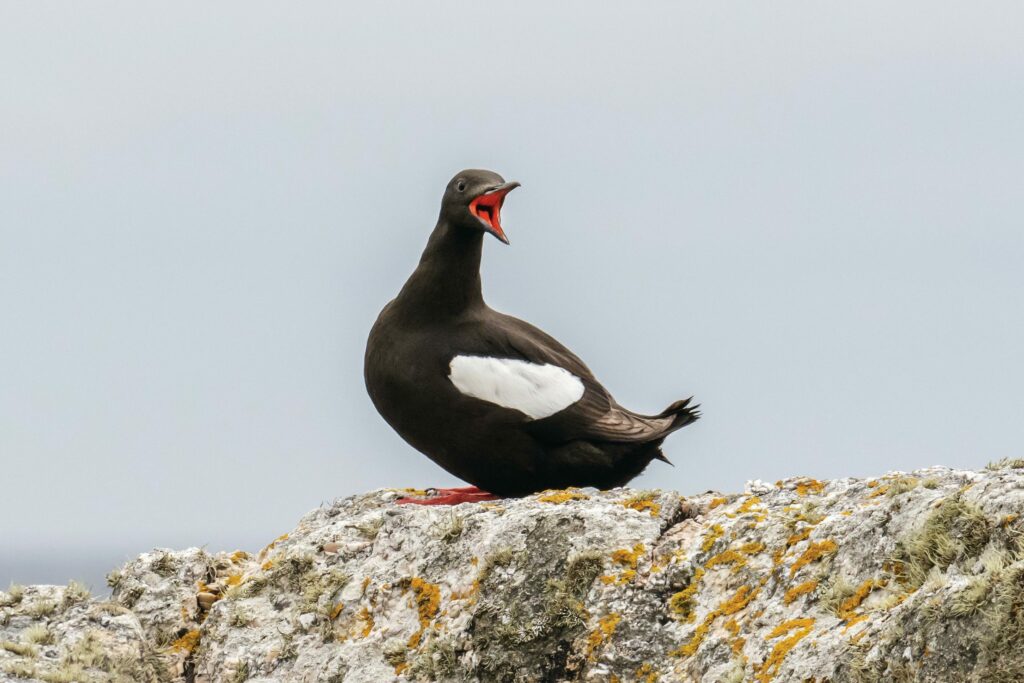
Black guillemot
Cepphus grylle
Less widespread in the UK than its cousin the common guillemot, the black guillemot has a striking white band on its wings when in its summer breeding plumage, and bright red feet. This attractive auk feeds on fish and crustaceans, and is usually spotted alone, in pairs or in small groups.
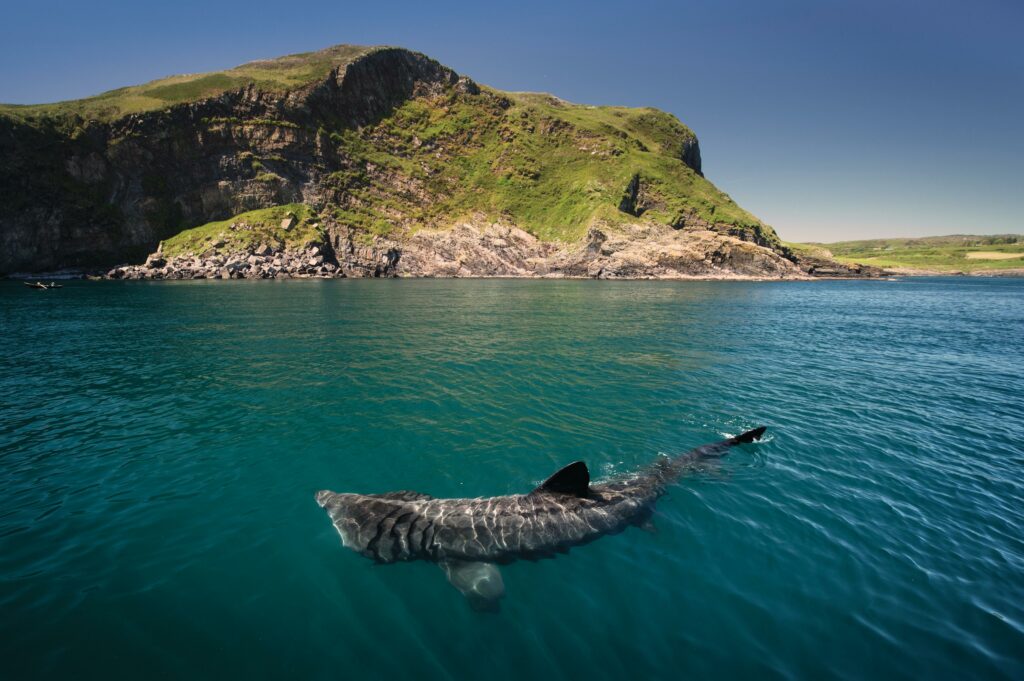
Basking shark
Cetorhinus maximus
One of the best places globally to see the basking shark is around the islands of Coll, Tiree and Mull between May and October. The second-largest fish species in the world, after the record-breaking whale shark, it can measure up to 12m in length and is thought to live to around 50 years.
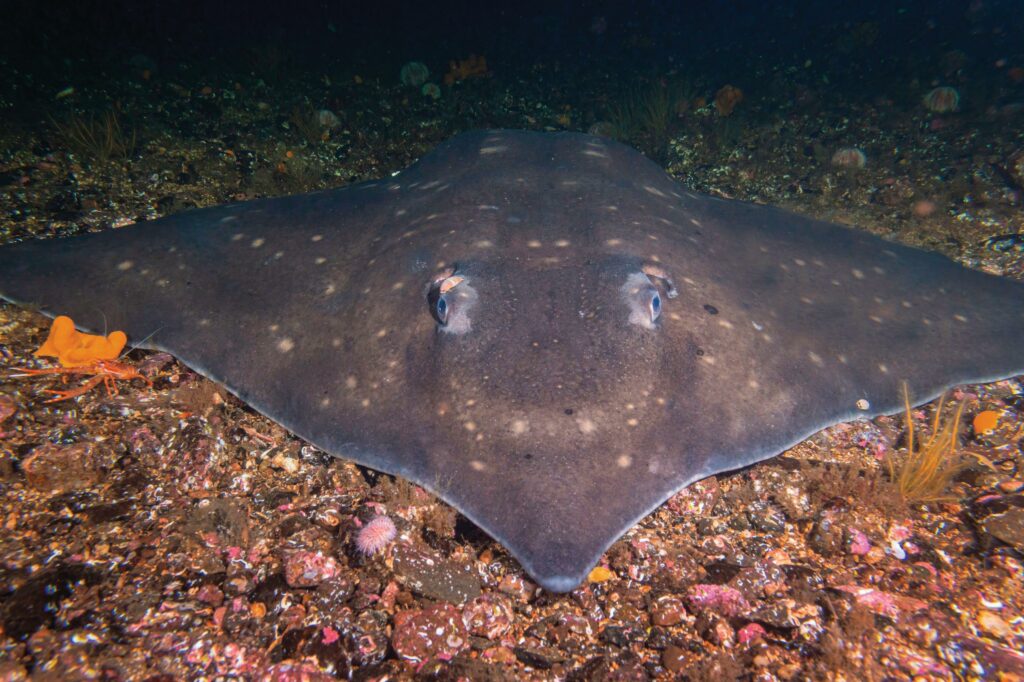
Flapper skate
Dipturus intermedius
The flapper skate is one of the world’s largest skate species, and is listed as Critically Endangered on the IUCN Red List. In Argyll, flapper skates are tagged and photographed to monitor their movements, while egg cases are being recorded to better understand their distribution and where they breed.
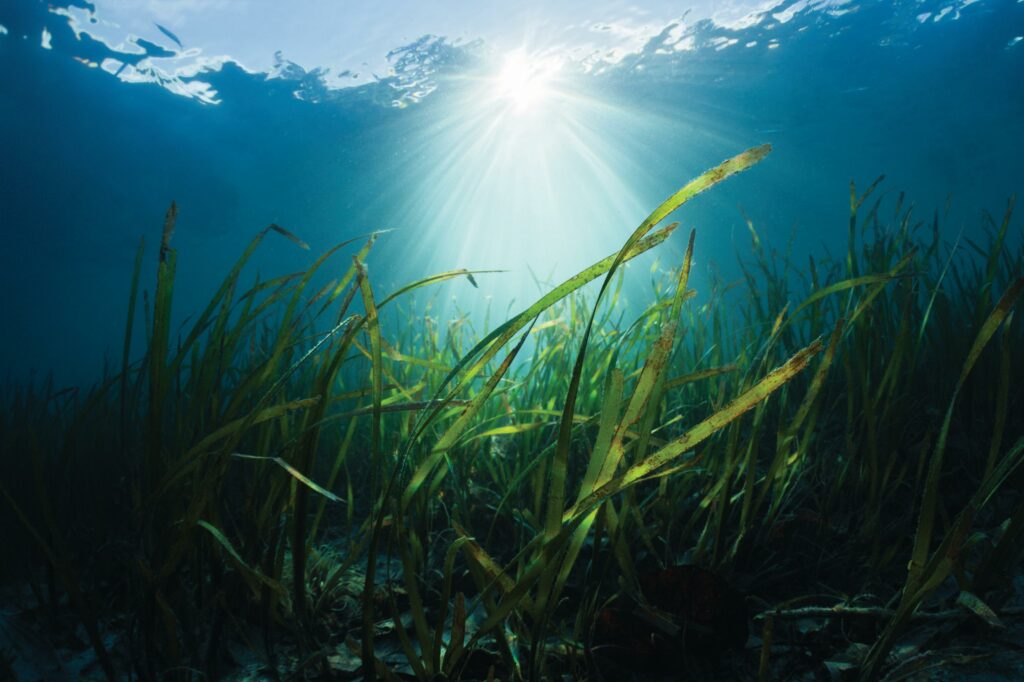
Seagrass
Zostera marina
Seagrass meadows are being replanted around the UK, and these underwater meadows could be a vital tool in fighting climate change. Seagrass meadows can absorb and store carbon dioxide 35 times fast than a tropical rainforest. These meadows also provide food and a home to a variety of other species.
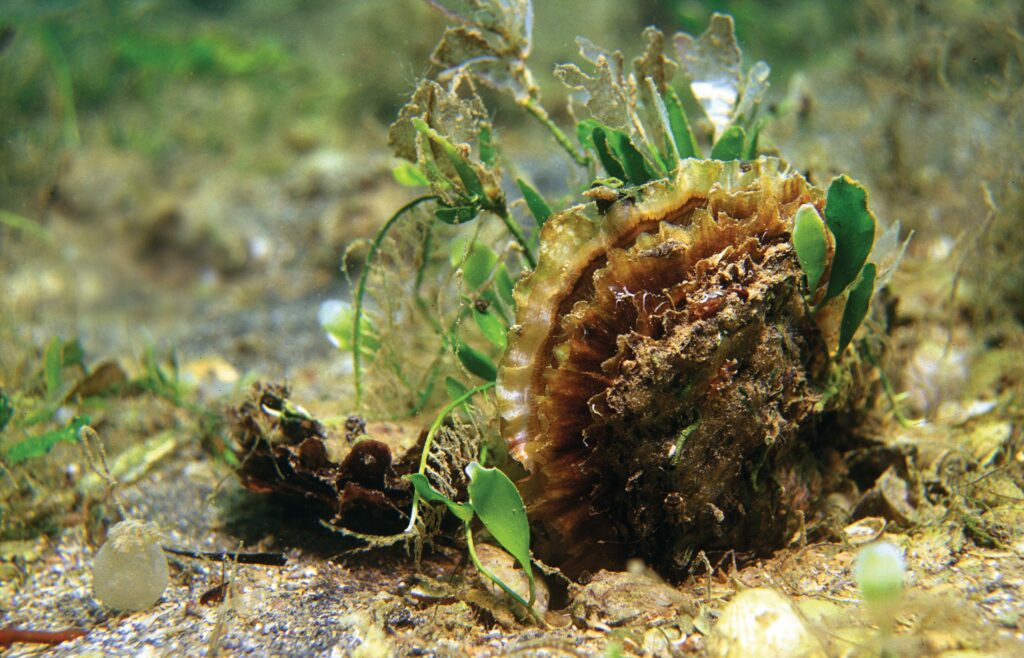
European native oyster
Ostrea edulis
Also known as the European flat oyster, the native oyster has declined by 95% in the UK since the 19th century. However, there’s good news, with conservationists restoring the species across UK and Ireland – including off the Argyll coast. This ecosystem engineer cleans water and forms complex structures that benefit other species.
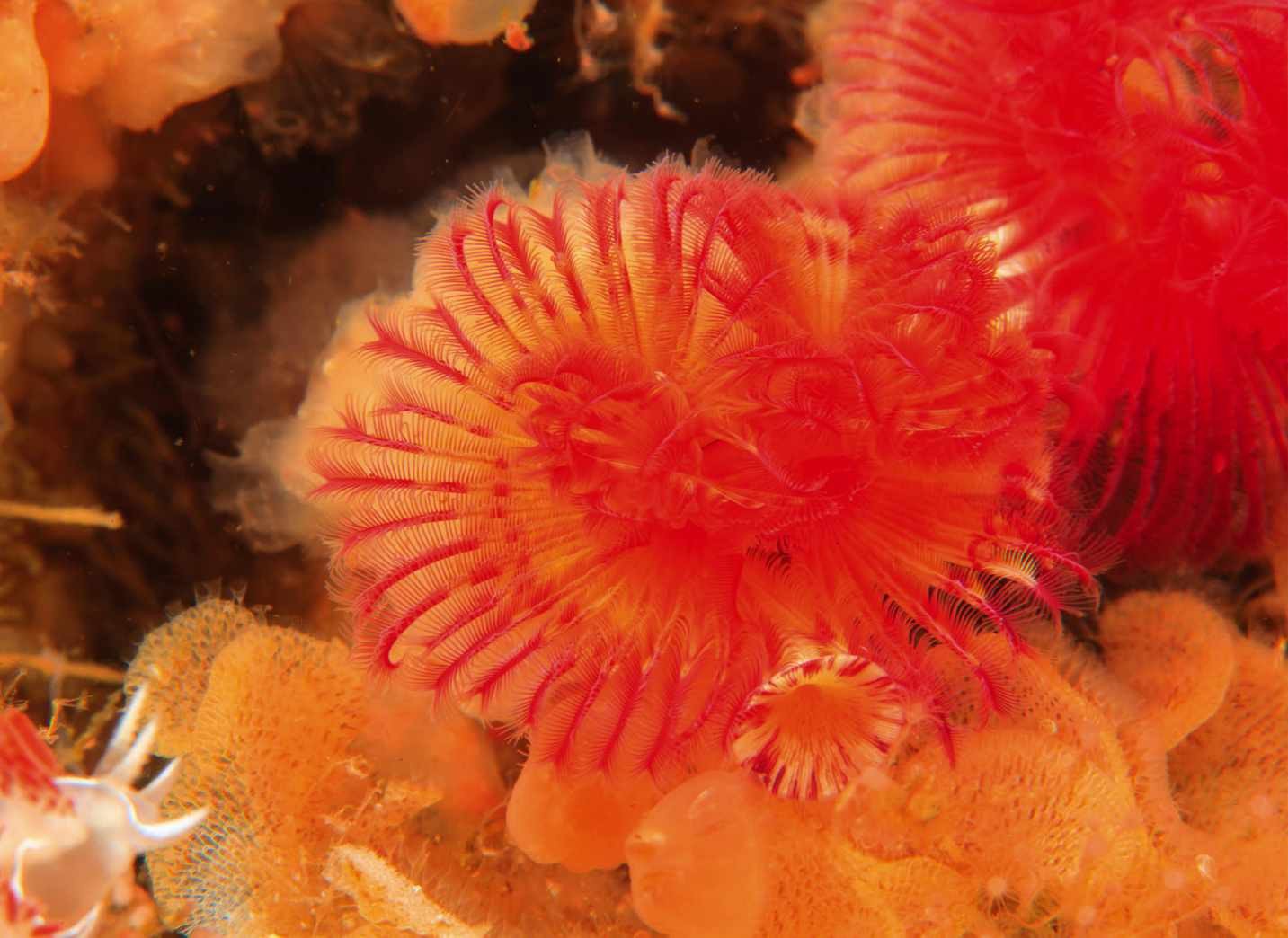
Serpulid worms
Serpulidae spp
In Scottish lochs, serpulid worms are a little unusual. They grow together to form reefs, instead of the usual individual growth seen elsewhere. These reefs are ideal habitats for other animals to live, such as crabs and starfish; one survey of a reef measuring 0.1 metre square found that it supported 163 different species.
Catch Hamza on Countryfile, Sundays on BBC One.
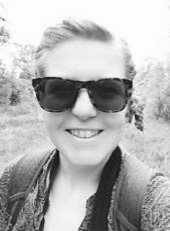
Megan Shersby is a naturalist and freelance science and nature writer, based in Northamptonshire. She’s also an occasional host on the Plodcast.